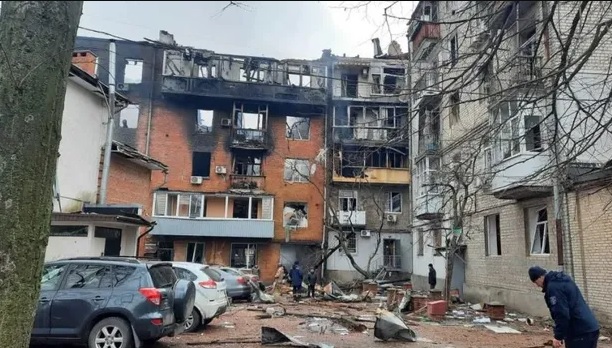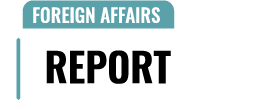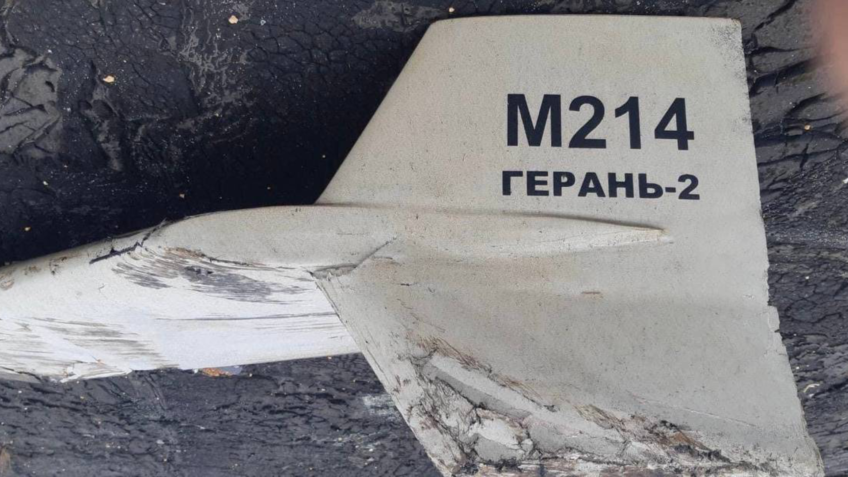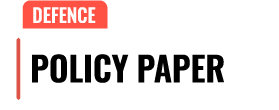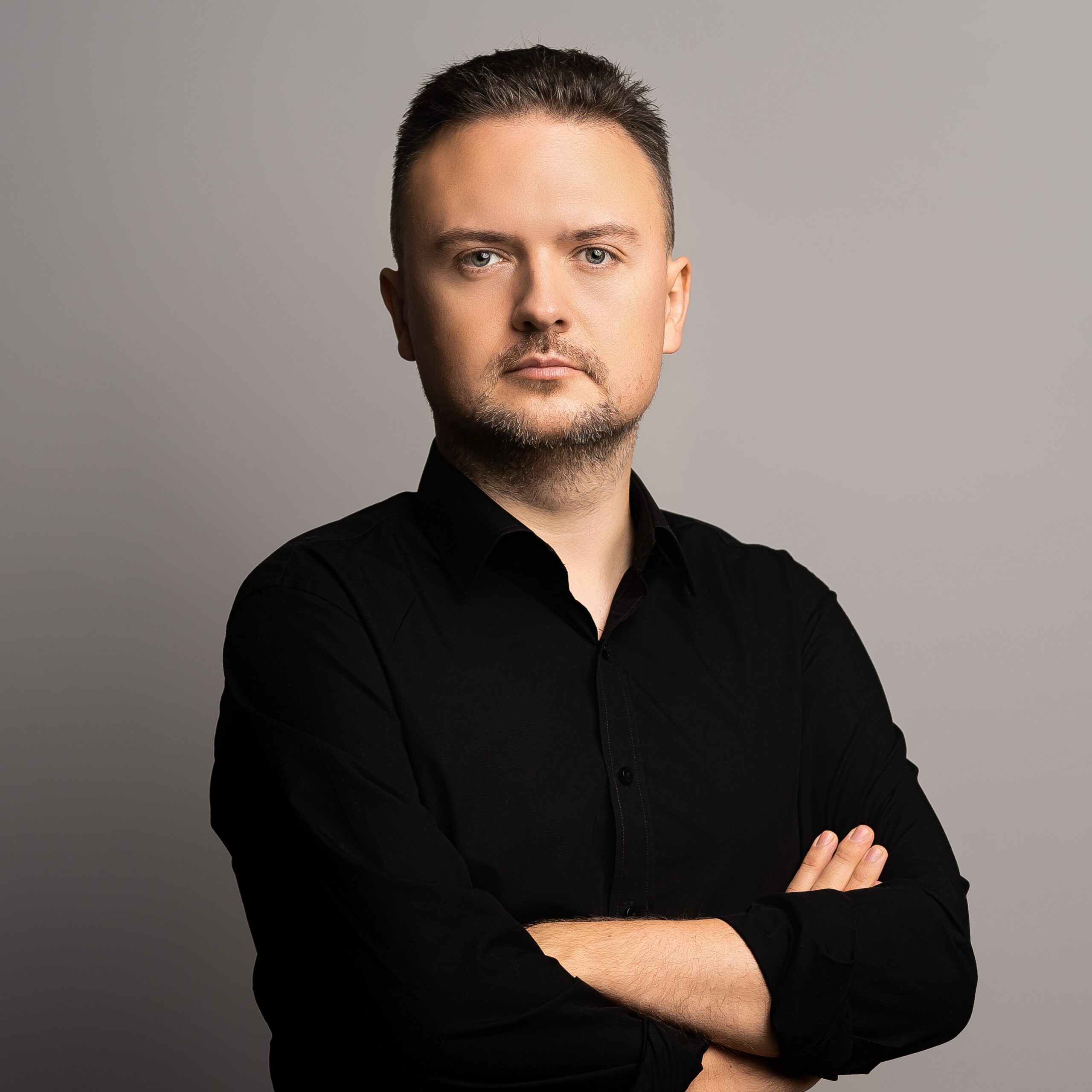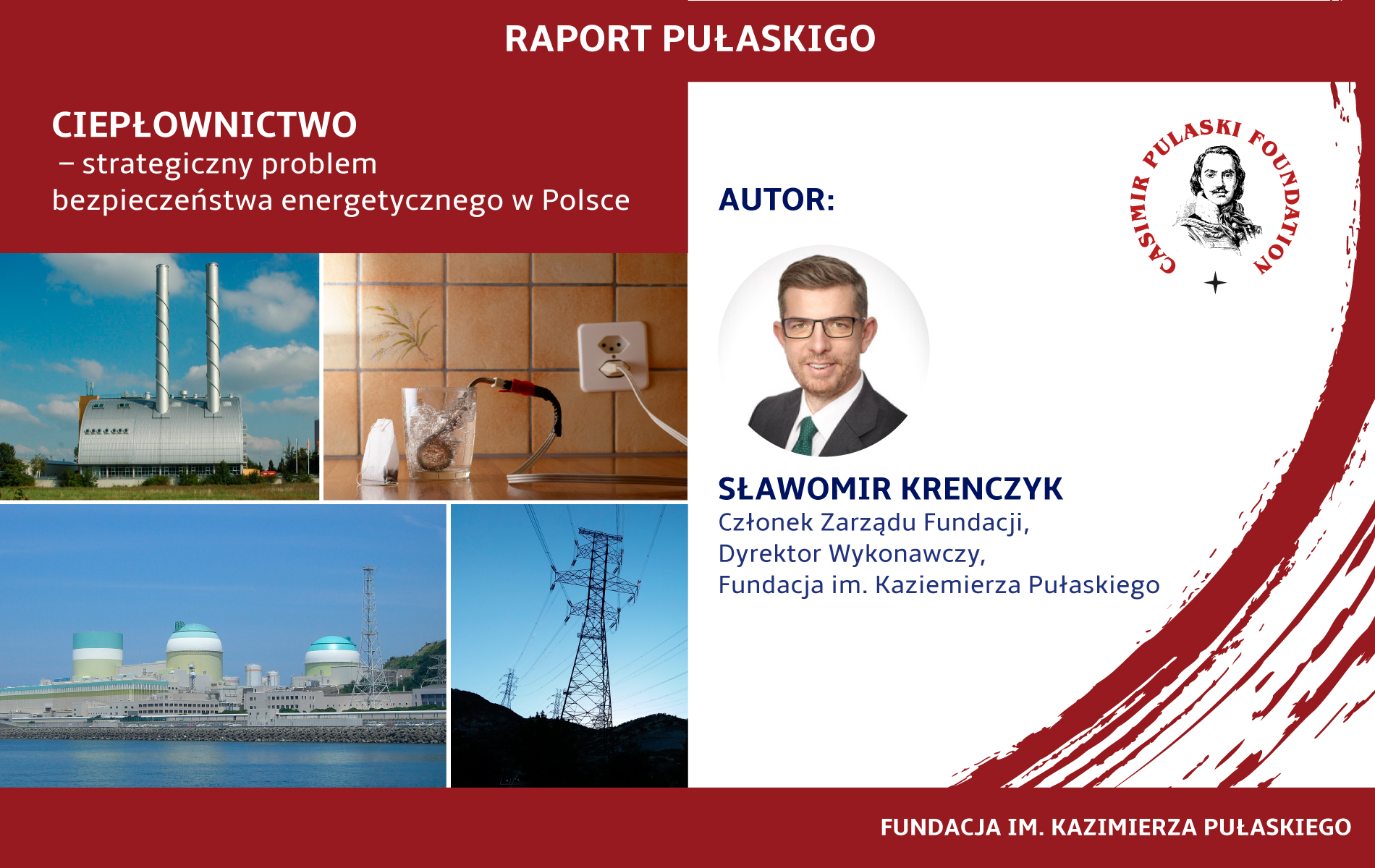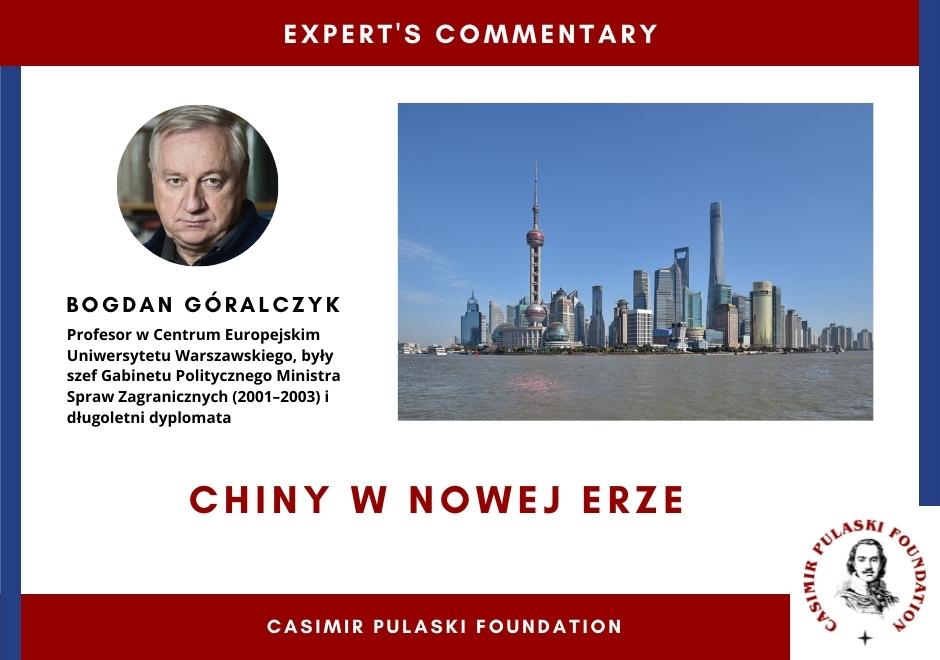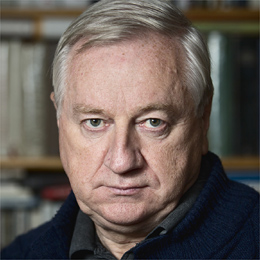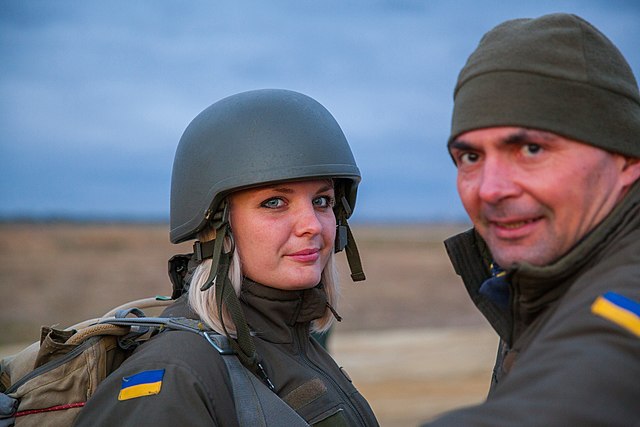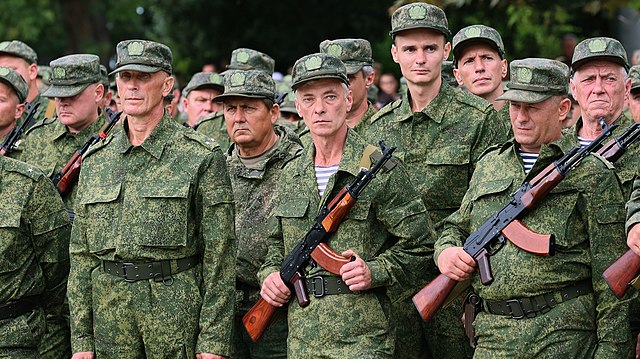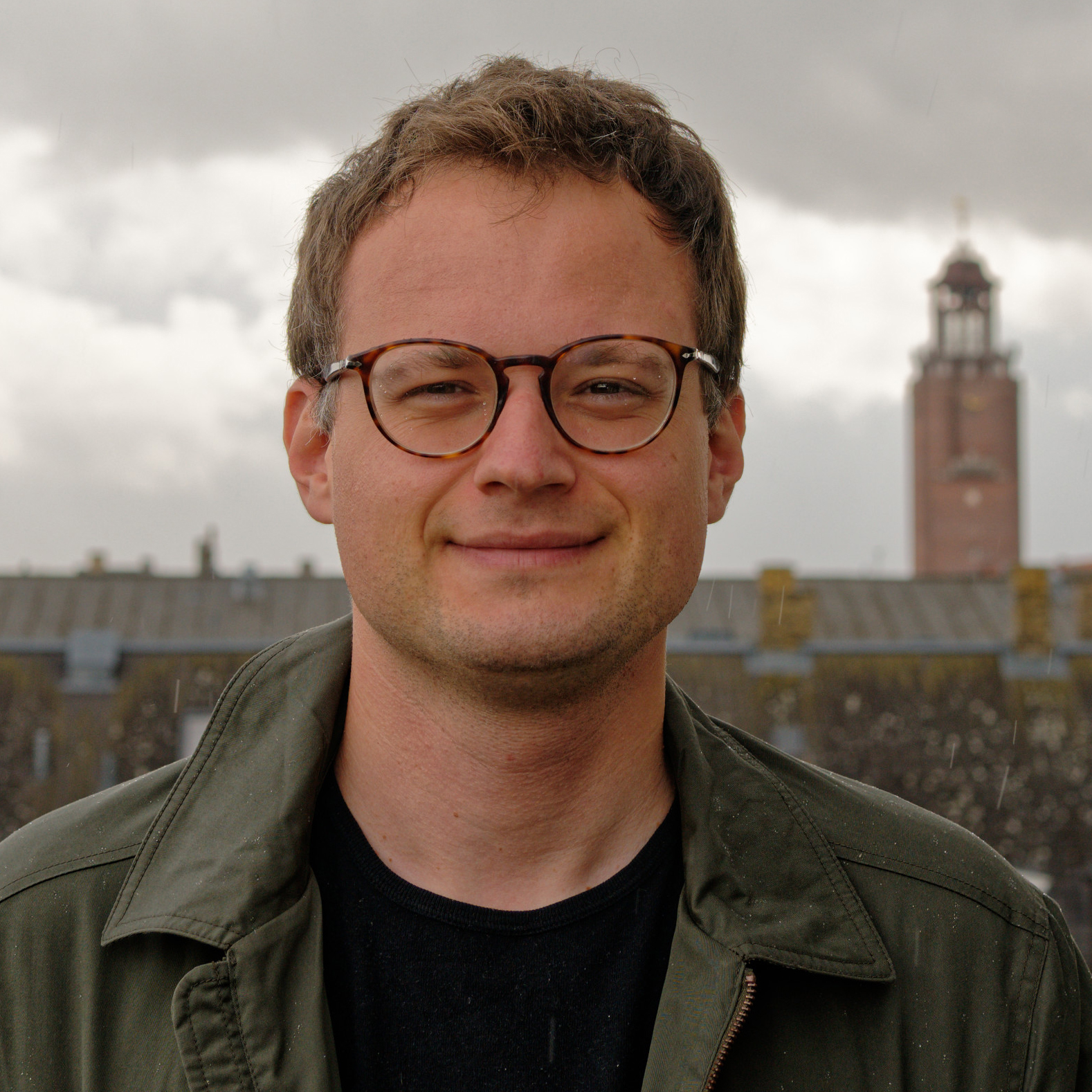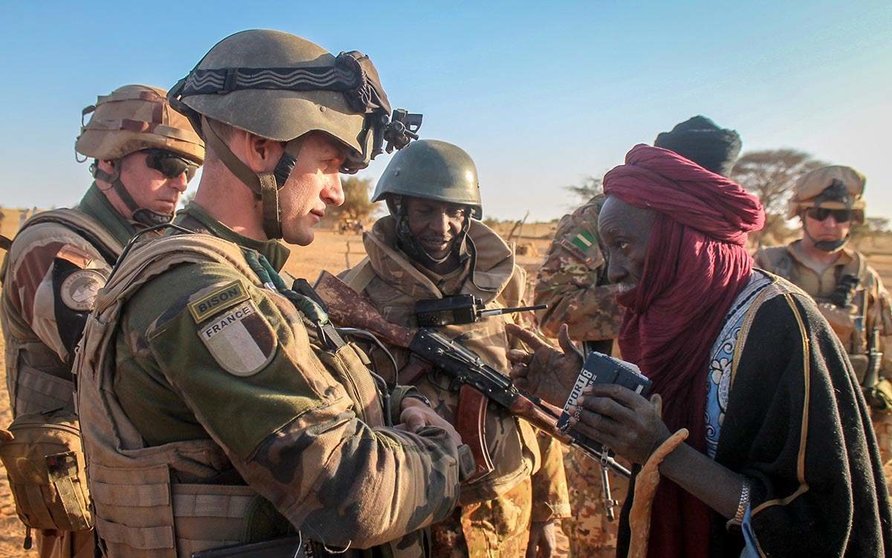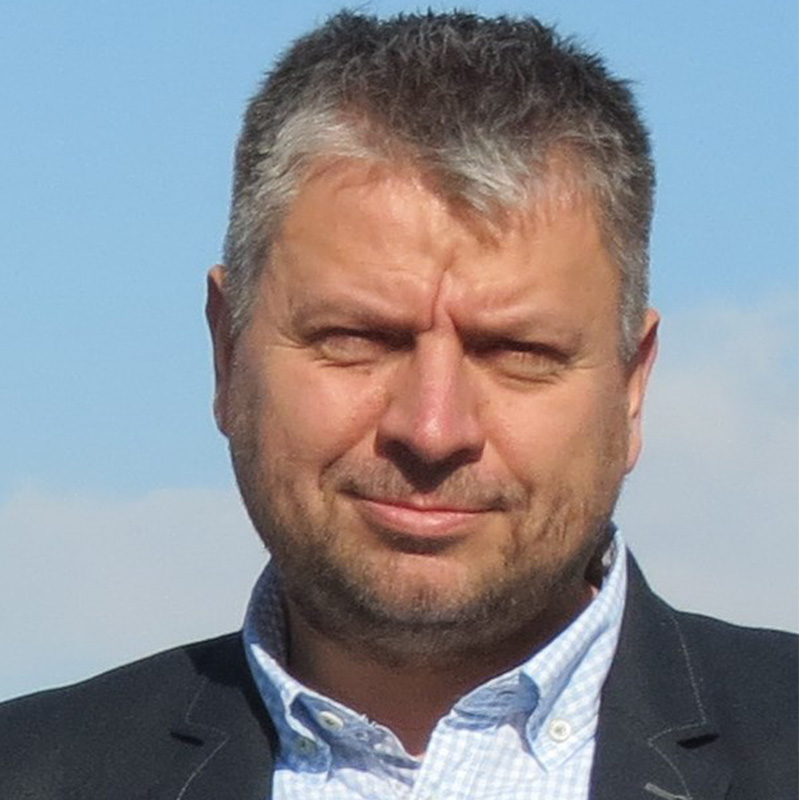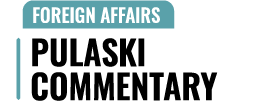Pulaski Policy Paper no 21, October 14 2022
Recent expansion of terrorism and the political-military destabilisation indicate a breakdown in the security structure of the Sahel region, even though we can hardly name it a structure. Since decolonisation, this area has witnessed multiple coups d’états, political exclusion, underdevelopment, and – after the fall of Gaddafi’s regime – an intensified (though not new) spread of armed fundamentalism. All these phenomena are currently accumulating to create a political and military landscape that escalates towards more and more destabilisation, and nobody seems to have any idea of solving this challenging situation. What’s more, after almost the decade, France is withdrawing its troops from Mali and claims that its fight against terrorism during that period cannot be called a failure, even if statistics may say something different.
Political and military landscape
In his speech on February 17th, while announcing the withdrawal of troops from Mali after nearly a decade, Emmanuel Macron said that the context of the French presence in the region has changed and help is no longer welcome there. The reason for this is the undisguised reluctance on the part of the military junta, which is supposed to hinder France’s actions and use the fight against terrorism to strengthen its influence. This decision was made after the already strong anti-French sentiment in the country began to deepen, which was reflected in the expulsion of the French ambassador at the end of January this year. Then one could observe the cutting off of the French media and accusations of the West of trying to interfere with the change of the Malian government. These actions were preceded by two military coups in Mali (in August 2022 and May 2021), as the situation in the entire Sahel region is getting more complicated. The two coup d’état also took place in early 2022 in Burkina Faso, while in Chad (which until recently was considered a stabilising force in the region) power was taken over against the democratic rule, by the son of Idriss Déby Itno,[i] , who does not enjoy the same respect among citizens as his father. Thus, a vast area, already consumed by political destabilisation, armed fundamentalism, climate change, corruption, the resource curse and the lack of development with all its consequences, enters the path of further turbulence.
So far, the French military presence in Mali has been related to the separatist uprising of the Tuareg minority in 2012, which coincided with the collapse of the Gaddafi government in Libya, which in turn (although regime-based) was responsible for the regional security system. With the collapse of the old structure, many weapons spilled out of the Libyan arsenals, rearming fundamentalist groups. The factions of Al-Qaeda and the Islamic State (Daesh) then found safe heavens in the hardly accessible Sahara territories. For this reason, in 2013 Operation Serval began, which turned into the counter-terrorist operation Barkhane in 2014. As an additional security effort in the region, the G5 Sahel (G5S) group was established in 2014, supported by the former metropolis. Until recently, as the name suggests, it included 5 countries – Chad, Mauritania, Niger, Burkina Faso and Mali, but the first of them limited the participation of their troops and the last one announced its withdrawal from the organisation. The EU Takuba Task Force, established in 2020, has also been withdrawn from Mali. Thus, one chapter of external interventions was closed, and other potential were put into question.
“War on terror” Sahel edition
Most often and willingly, terrorism is being indicated as the main cause of destabilisation in the Sahel region, thus wrongly presenting the effect as a cause. This approach makes it easier to misuse the idea of fighting terrorism to pursue political interests. After analysing the postulates accompanying subsequent external interventions and internal military coups, it can be concluded that, paradoxically, the more actors fight against terrorism, the stronger the terrorism and armed fundamentalism are. Everyone – regardless of whether they are former colonies, international missions, military juntas or Russian private armies – explains their interventions with the ineffectiveness of others in combating terrorism. Everyone claims that they will take better care of it and – for now – everyone contributes to its development.
There are also other factors standing in the way of successfully fighting terrorism. In its actions, France focused primarily on the military aspect, while putting political and social issues to the background. Meanwhile, although not all anti-terrorist operations carried out in the Sahel turned out to be a failure, single military successes could not guarantee stabilisation in the long run. Killing local leaders turned out to be as effective as fighting the mythical Hydra – in place of one head, there are several new. In addition, they compete with each other, leading to an even greater escalation of violence. Broken cells very often, instead of disappearing once and for all, go into sleep mode to be reborn after a while, when the situation is more favourable for them. They establish cooperation with local leaders and immerse themselves in the local population. The example of Mali shows well what the resilience of armed fundamentalism is. In areas where state institutions practically do not function, they took over their functions. Paradoxically, black flags brought a sense of security, which is a scarce commodity in the mentioned area. In return for help and support, they offered protection and livelihood for civilians, and the fighters themselves began to marry into local families, thus growing roots in local communities permanently. These forms of linkage make it necessary to rethink how we fight terrorism.
Another factor influencing effectiveness is the specificity of the image of terrorism created after the security paradigm shift that followed the 2001 World Trade Center attacks, according to which all fundamentalist armed groups are seen as the same, without focusing to understand the dynamics and context of each of them separately. Unlike Islamic State and its caliphate-reaching ambitions, a large part of the armed fundamentalist groups in the Sahel is focused on local conflicts. Affiliations with globally recognised organisations serve them mainly as a source of funding and armaments. Within this dynamic, Al-Qaeda or Daesh can build a narrative about their expansion and growing strength, while smaller, local groups can feel stronger. The complexity and diversity within these groups manifests itself in constant divisions and mutual conflicts. The ideology is at least secondary in this case.
Russia’s interests
Russia has also eagerly used the slogan of fighting terrorism. As a country with no colonial history in Africa, it enjoys much more sympathy than countries like France. By taking advantage of these favourable circumstances, in which it is Russia, which suggests who is the enemy of (under)developing countries, Moscow make money from their destabilisation. Just as other imperial policies have used it in their past, the Russians create a narrative about the threat to security and offer their benevolent help in exchange for certain privileges. The anti-colonial rhetoric is supported by the fact that Russia, at the formal level, does not maintain any form of involvement in regional affairs. Instead, they use a private army known as the Wagner Group, whose link to the Kremlin is an open secret.
Russia’s main interest in Africa is access to natural resources on preferential terms. It is possible thanks to the activities of private armies that provide their services in exchange for (among others) gold, which, although flowing undocumented, is monetised in the Gulf and strengthens the Russian currency. For Russia, which is currently burdened with the costs of the war in Ukraine and Western sanctions, this is a favourable situation, which it will probably try to develop. However, the media and experts on Africa express the hope that the sympathy for Russian presence in the Sahel may begin to decline due to the increasing frequency of crimes committed by Russian mercenaries. The symbol of it is the Moura massacre that took place in March 2022. Many civilians were murdered under the pretext of fighting terrorists. According to witnesses, despite the fact that the Wagner group members presented themselves only as trainers, the Russian soldiers were seen taking part in direct military operations. Nevertheless, the current situation in the Sahel, and especially anti-Western sentiments, make the costs of Russian involvement there low and the profits high. Thus, maintaining influence there in the future may be something that the Russians will try to achieve regardless of the will and beliefs of civilians. Even if Russia unveils itself as the new coloniser, it may be too late to resist.
The shift of regional partners isn’t enough
So far, the practice has shown that external military interventions are not effective enough as the tool in the long-term fight against terrorism. Looking at Mali, other Sahel’s countries may feel worried about sharing the same fate. Meanwhile, the current withdrawal of France from this country does not mean giving up on – what is called – the security architecture of the Sahel. Macron emphasised that the situation in Africa was still in the hands of the former metropolis and that France will still support local counter-terrorism efforts. Recently Niger has emerged as a new hope as a regional partner. The authorities there are sympathetic to France and enthusiastically agreed to transfer the French military operation to their territory. The question remains, however, to what extent this favour reflects the public sentiments, that in post-colonial countries often diverges from the narrative of those in power, and the decision-making centres are located far beyond the reach of ordinary people. Until now, France has shown its support for the governments in the region even if they have not respected the principles of democracy, as long as they were willing to cooperate with it. This legitimation is also expressed in the support for the G5S group, composed of regional armies. In the context of anti-Western sentiments, shifting some of the responsibility for military actions to regional forces seemed justified back in time, the more so as this way the West was able to reduce some of the costs of its operations. The problem is that, very often, in countries where democracy has been more imposed than developed and the institutions are very weak, the rulers use the army as private security to defend their interests. They also use money that comes from the West through various missions and operations (such as MINUSMA) to strengthen their power. When one looks at the statistics, it turns out that there are more victims of the government’s armies aggression than the victims of armed fundamentalism. Moreover, funding of the national armies by the western countries increases the possibility of coups d’état – the stronger the military sector feels, the more courage it has to seize power.
Playing the migration card
There is no indication that the situation in the Sahel will start to improve in the nearest future. Year by year, climate changes are becoming more and more noticeable, as well as – recently – the influence of the war in Ukraine on the situation in Africa. In these circumstances (which Russia benefits), it is necessary on the part of Western decision-makers to act for dialogue and a real understanding of the dynamics of local conflicts. One of the reasons why France became militarily involved in the Sahel area was fear of an increased movement of migrants fleeing terrorism and thus the internal destabilisation of the European country. The threat has only increased along with its African activities in recent years. For the European Union, and even more so for Poland, the situation in the Sahel may seem too distant to be given more attention. However, as the migration of people (deprived of a sense of security and conditions for a dignified life by the conflict) increases, the effects will be felt for all. Meanwhile, the lack of a coherent migration policy of EU countries and internal problems of Frontex (European Border and Coast Guard Agency)[ii] may indicate a lack of preparation for such a scenario. This should be borne in mind, all the more so as last year Russia played the refugee card very openly, fuelling xenophobic movements that began to awaken the spectre of nationalism in the EU. Although at the beginning of the aggression against Ukraine Europe may seemed united, the time of unconditional generosity is slowly passing, followed by a critical moment of fatigue. In such circumstances, it is easy to forget that human lives are at stake, and should be the subject rather than the object of the security system.
Summary and conclusions
1. Recently, we have observed a significant increase of anti-Western sentiment in the Sahel countries, and individual states (to a greater or lesser extent) are moving away from military cooperation with the West in combating terrorism. It is the biggest such movement since France (which is the most active Western country there) began its anti-terrorist operations in Mali almost a decade ago.
2. Thus, the current leadership in the fight against terrorism in this region is undergoing changes – the former regional leaders have been ousted, and Niger, acting as an intermediary with the West, is trying to replace them. However, there is no indication that he is strong and respected enough to control the situation in the region. At the same time the Wagner Group, pursuing Russian interests, enters the security vacuum left after the French withdrawal.
3. Political and military destabilisation in the Sahel enables Russia to access regional natural resources (such as gold) on preferential terms, which allows it to strengthen its currency. That is the reason why for Russia it is useful to uphold the political chaos (including military coups), thanks to which it is difficult to supervise the extraction, transport and sale of resources (which are after monetised in the Gulf countries). From the perspective of global security, this is doubly dangerous, because it both strengthens Russia economically and increases destabilisation in the Sahel.
4. Russia, as a country without a colonial history in Africa, has a narrative advantage over former western metropolises, and especially – over France. In order for France to become a reliable ally in the Sahel, the country must meet certain conditions that go beyond only military activities. First of all, it should take into account not only the sympathy of regional governments, but also civil society and the opposition, because in post-colonial countries governments very often represent the interests of only a narrow group.
5. It should be remembered that also supporting governments acting undemocratically (although pursuing the interests of the West) undermines the credibility of France as an ally and defender of the proclaimed values. An important element of counter-terrorism is also to conduct operations in a much more transparent manner in order to limit the possibility of narrative manipulation by actors such as the military junta or Russia.
6. When deciding to cooperate with regional armies, it should be borne in mind that in post-colonial countries, the army very often has different functions and less social legitimacy than in countries with a more developed institutional system. Unlike in Western democracies, it is not always considered the be the protector of the nation.
7. It is also crucial to instil in the minds of decision-makers that blaming the terrorists, although indicating the enemy, is by itself far from solving the problem, and may even create a misleading image. In security studies, one should move away from the black and white division into good and bad and focus to a greater extent on a multidimensional view of the processes that create fertile ground for radicalisation.
8. For Europe, the most noticeable effect of the current situation in the Sahel will be increased migration, which in recent years has started to be used as a weapon in itself by (among others) Turkey, Russia and Belarus. In the face of this challenge, it is necessary to develop new, effective, but also humanitarian, solutions for the reception system that will immunise Western countries against blackmail from authoritarian regimes.
Author: Dominika Kulig, Casimir Pulaski Foundation
[i] Idriss Déby Itno was the president of Chad from 1990 to 2021. His presidency was described as a stabilising force in the region, but his nepotic rule also faced internal rebellions. France helped him survive the coup attempts and was largely responsible for maintaining Déby’s position. With his son’s seizure of power after the death of the leader (who died during fights with Chadian rebels), the constitution was suspended and the military council took power.
[ii] In May (2022), as a result of two investigations – OLAF (European Anti-fraud Office) investigation and journalistic consortium report on human rights violations, the head of Frontex, Fabrice Leggeri, had to step down. Among other things, it has been proven that the push-back method was used repeatedly, which is against international law (and – In the long run – ineffective). Such solutions may indicate the lack of other ideas for solving the problem of increased migration to Europe. Investigations also found that the system to improve Frontex’s performance proved to be largely superficial and EU funds are being disposed improperly.
